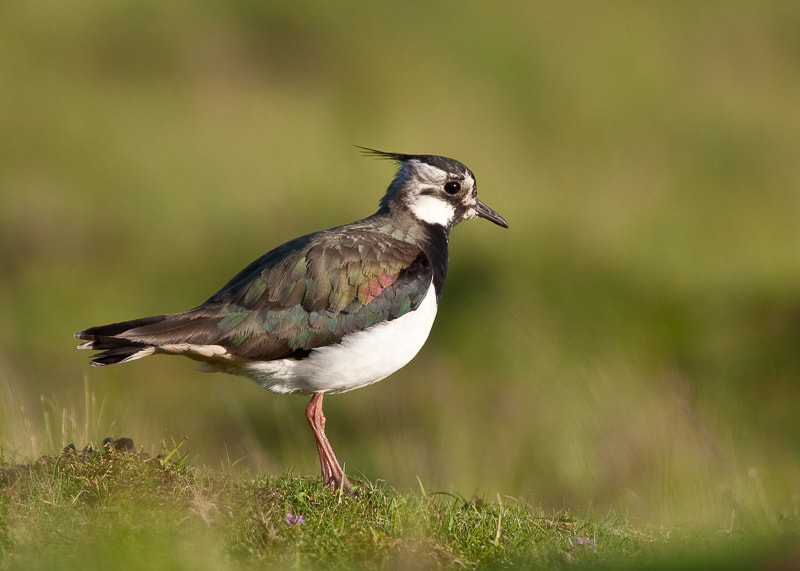 Curlew by Whitfield Benson
Curlew by Whitfield Benson Many of us already recognise the benefits of sitting still, absorbing the sounds and sights of nature. Mindfulness has become increasingly popular and now more people are seeing the healing power of time spent focused on just watching. It's been a long time since the film Kes, when we saw the positive power of a bird to transform a boy's life.
Perhaps we're ready to acknowledge the importance of simple pleasures again? Who hasn't picked up a feather from the ground and seen the magic in it?
Some people delight in counting off species, travelling enormous distances for the sight of a particular bird. For others like me, part of the delight is suddenly noticing the detail in a bird's feathers or hearing different bird song and triumphantly spotting the singer hiding in the bushes. I can still feel the joy I felt last summer when I glimpsed nest after nest in one of our hedges. And then the sadness of finding a newly dead Goldcrest on the floor, its tiny brightly-coloured feathers undiminished. I couldn't bear to leave it there, uncelebrated and unobserved. After gazing at it for some time, I ended up freezing it to preserve it a little longer so an artist friend could draw it.
At this time of year in the Yorkshire Dales we're starting to notice buds and catkins, to will the snowdrops to last a little longer and urging the daffodils to fight the frost and push their way up through the hard earth. We're looking forward to the call of the first Curlew, a welcome sound that heralds the start of Spring. There's always much excitement when that distinctive sound is first heard - follow #Curlew #Spring on social media and you'll see what I mean!
Countless pheasants strut outside my office window and yet for many they're an exotic bird, as are some of the 29 species the Yorkshire Dales National Park counts as important for the area. These are Sky Lark, Tree Pipit, Lesser Redpoll, Twite, Common Cuckoo, Lesser Spotted Woodpecker, Reed Bunting, Red Grouse, Common Grasshopper Warbler, Yellow Wagtail, Spotted Flycatcher, Eurasian Curlew, House Sparrow, Grey Partridge, Wood Warbler, Marsh Tit, Common Bullfinch, Common Starling, Black Grouse, Song Thrush, Ring Ouzel, and Northern Lapwing. It's no wonder that some very talented wildlife photographers such as Whitfield Benson and Simon Phillpotts have spent so much time here.
From around five months from February onwards it's important to keep dogs on leads to avoid disturbing ground nesting birds such as 'The Big Five': Skylarks, Red Grouse, Curlews, Lapwings and Oystercatchers. Not all dogs chase or hunt birds but if they're around many parent birds will fly up to lure dogs away from ground nests, leaving their eggs or newly-hatched birds to get cold or be taken by scavengers such as crows.









 RSS Feed
RSS Feed
